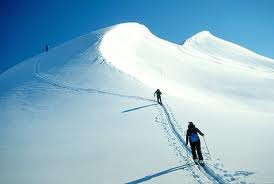Natural resources are materials and components (something that can be used) that can be found within the environment. Every man-made product is composed of natural resources (at its fundamental level). A natural resource may exist as a separate entity such as fresh water, and air, as well as a living organism such as a fish, or it may exist in an alternate form which must be processed to obtain the resource such as metal ores, oil, and most forms of energy.
There is much debate worldwide over natural resource allocations, this is partly due to increasing scarcity (depletion of resources) but also because the exportation of natural resources is the basis for many economies (particularly for developed nations such as Australia).


.jpg)
.jpg)
